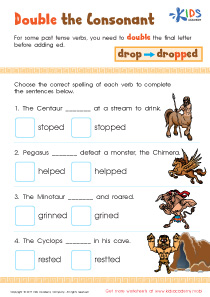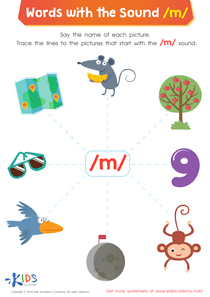Reading comprehension Normal Consonant Digraphs Worksheets for Ages 3-6
6 filtered results
-
From - To
Boost your child's reading skills with our engaging Reading Comprehension Normal Consonant Digraphs Worksheets, designed specifically for ages 3-6. Our expertly crafted worksheets focus on helping young learners recognize and pronounce common consonant digraphs, building a crucial foundation for early reading success. Engaging activities and colorful illustrations ensure that learning is fun and effective. By working through these exercises, children will enhance their phonics knowledge, improve word recognition, and develop a stronger understanding of text. Ideal for parents and teachers, our worksheets are meticulously designed to support and enrich early literacy development.
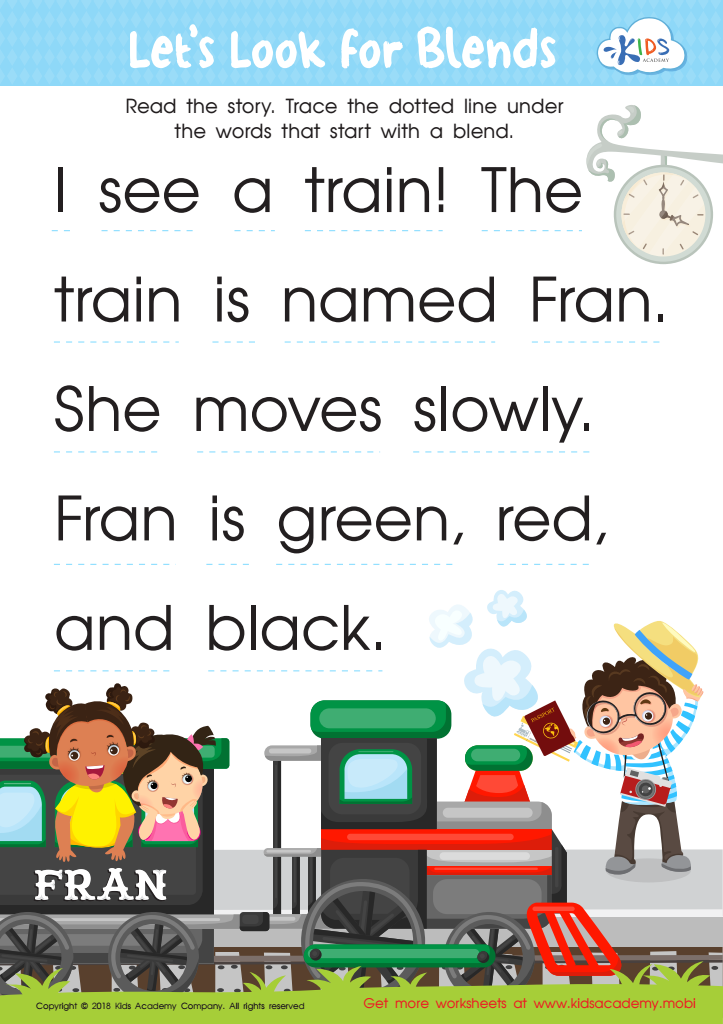

Let's Look for Blends Worksheet


Shhh... What Digraph? Worksheet
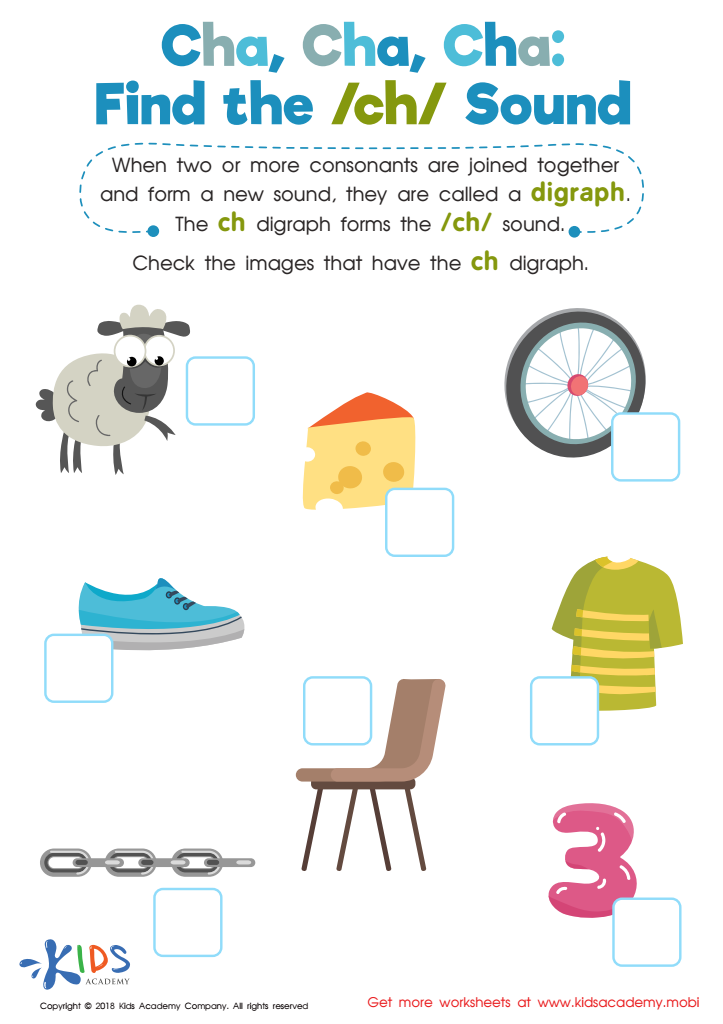

Cha, Cha, Cha: Find the /Ch/ Sound Worksheet
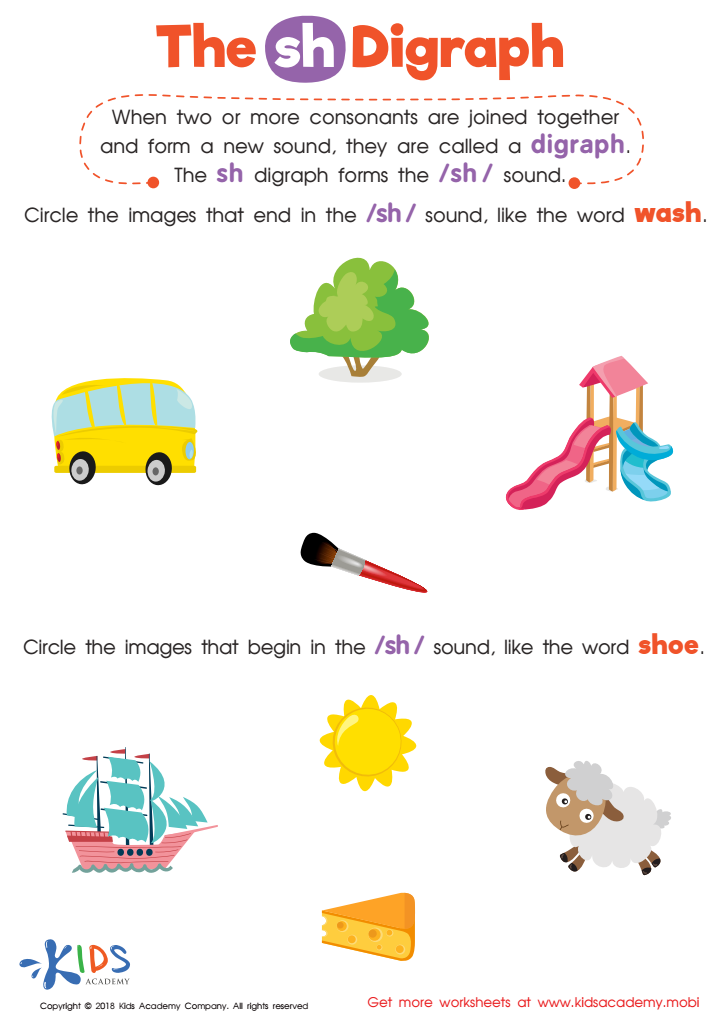

The SH Digraph Worksheet


Consonant Blends: "Dr" and "Tr" Printable
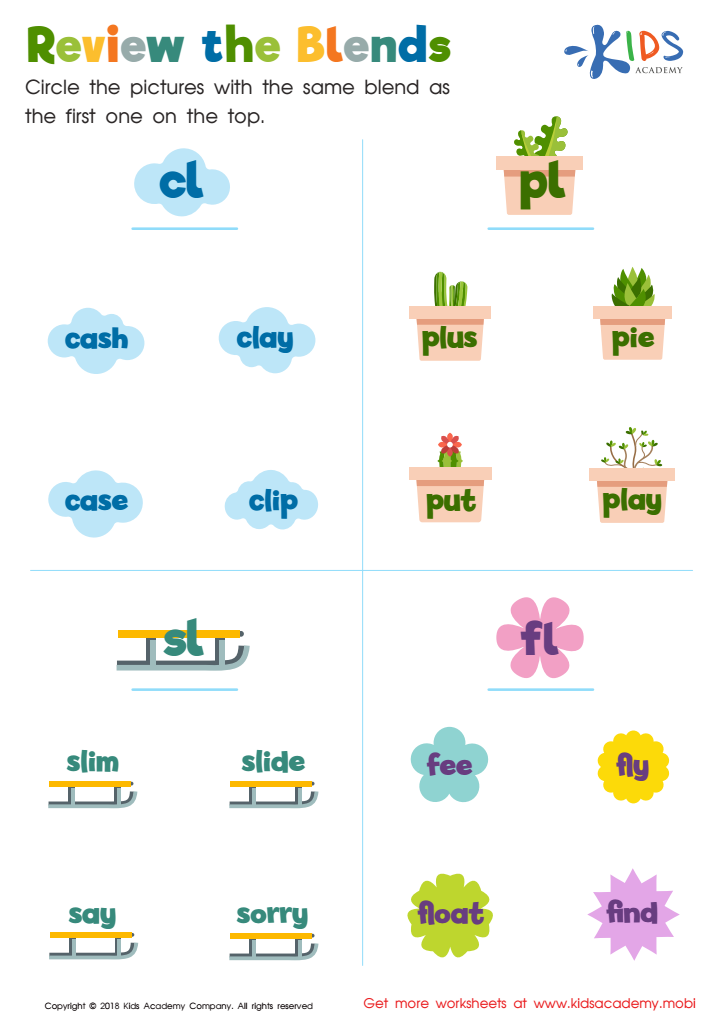

Review the Blends Worksheet
Reading comprehension is crucial for a child’s academic success and overall development. For children aged 3-6, understanding normal consonant digraphs (combinations of two consonants producing a single sound, like 'ch' in "chair" or 'th' in "this") plays a pivotal role in mastering early reading skills.
First, consonant digraphs help children decode words more effectively. When children recognize these common sound combinations, they can read more fluently and with greater confidence. This, in turn, enhances their reading comprehension, allowing them to make sense of sentences and stories better.
Second, mastering digraphs expands a child’s vocabulary. Early familiarity with common digraphs can help children decipher and understand a larger array of words. This vocabulary expansion is crucial because it allows children to articulate thoughts more precisely and understand instructions or passages better.
Finally, an early grasp of digraphs sets the stage for phonetic awareness, an essential component of learning to read. It aids in developing listening skills which improve their ability to hear, recognize, and produce the sounds within words. Without this fundamental knowledge, children may become frustrated and lose interest in reading, impacting future educational outcomes negatively.
Thus, focusing on consonant digraphs for young readers forms an essential part of early education, helping build a solid foundation for lifelong learning and literacy success.
 Assign to My Students
Assign to My Students







